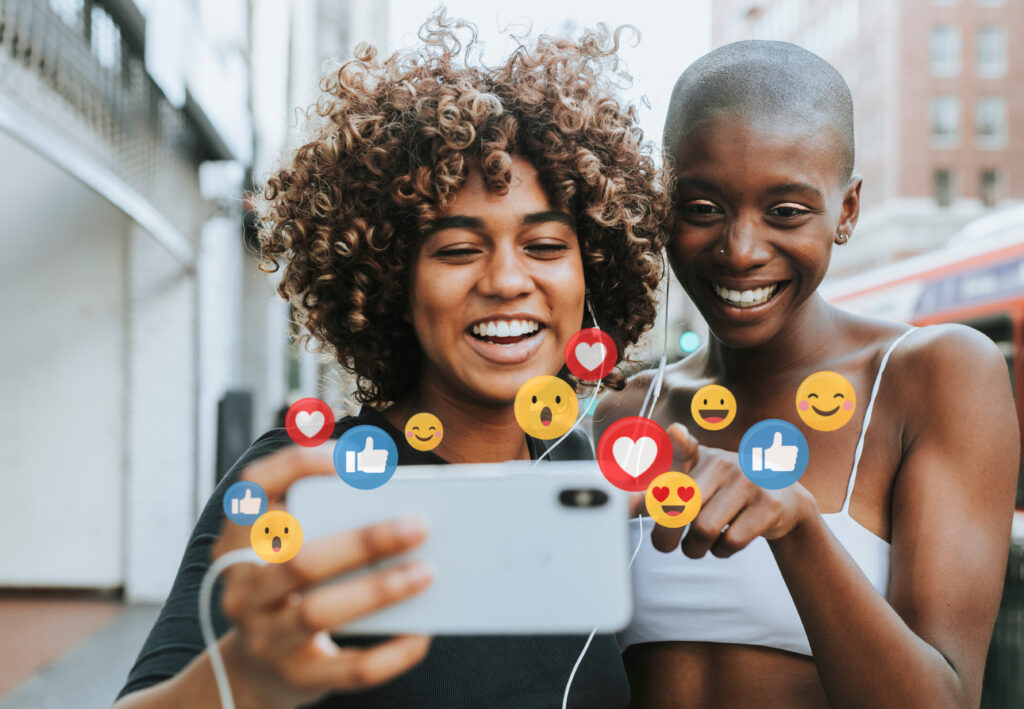How "De-Influencing" Might Affect Influencer Marketing
In the ever-evolving world of social media marketing, trends come and go, shaping the way brands and influencers connect with their audiences. One such trend that has recently captured the attention of marketing professionals is the concept of "de-influencing."

What is De-Influencing Anyway?
Influencer marketing is a strategic approach that leverages the influence and reach of individuals with large and engaged social media followings to promote products, services, or brands. It involves collaborating with influencers who have built credibility and trust with their audience, allowing brands to tap into their influence to effectively communicate their message and connect with their target market.
Though it may be slightly lesser known than its big brother, the concept of "de-influencing" is starting to crop up on popular social media accounts across the globe. De-influencing represents a shift in the influencer landscape, as influencers themselves now encourage their followers to question their choices and steer clear of certain products. These 'de-influencers' utilize diverse tactics to discourage their followers from buying specific items. They may employ methods such as posting negative reviews of particular products or offering critical perspectives on the culture of overconsumption and influencer marketing.
What's The Big Deal About De-Influencing?
According to the Influencer Marketing Hub, the overwhelming abundance of sponsored influencer content has raised concerns among marketers about whether influencer marketing has reached its saturation point, despite generating over $16 billion in revenue in 2022.
The trending hashtag #deinfluencing on TikTok has garnered over 76 million views, igniting a wider discourse on excessive consumption. Within these videos, content creators candidly reveal their experiences with being influenced by TikTok, emphasizing the importance of thoughtful consideration to avoid succumbing to the allure of trendy products and ideas.
(some top videos of the #deinfluencing hashtag on tik tok)
In today's digital landscape, influencers are facing a growing need to exercise greater caution when it comes to promoting products. With social media audiences becoming more discerning and conscious about their purchasing decisions, influencers who endorse items that are perceived as harmful or wasteful are at risk of facing significant backlash from their followers. This backlash can result in a loss of credibility and trust, ultimately affecting their influence and brand partnerships.
To maintain a positive reputation and continue to engage their audience effectively, influencers must approach product endorsements with careful consideration. By thoroughly vetting the products they promote, aligning with their audience's values, and fostering transparency, influencers can navigate the potential pitfalls of endorsement backlash and sustain meaningful connections with their followers.
De-influencing just another form of influencing?
De-influencing can be seen as a paradoxical phenomenon, with some arguing that it is another form of influencing. By countering established influences, de-influencers may inadvertently create new forms of influence and promote alternative ideologies. This complex nature of influence highlights the dynamic interplay between different perspectives, as de-influencing challenges existing power structures while potentially contributing to the formation of new ones.
Some people question whether de-influencers are paid by brands to attack their competitors. This suspicion arises from the belief that de-influencing campaigns could be a deliberate strategy used by companies to undermine rival brands. While there may be cases where de-influencers have hidden affiliations or ulterior motives, it is important to assess each situation individually and examine the evidence presented. It is necessary to approach de-influencing efforts with critical thinking, recognizing that not all de-influencers are driven by financial incentives or influenced by corporate interests.
What's Next For De-Influencing?
While influencer marketing is not becoming obsolete, companies will continue to seek partnerships with influencers who have a genuine connection to specific target audiences, and influencers themselves will continue to pursue lucrative deals. However, there is a growing sentiment among the audiences of these influencers that raises concerns about the concept of PR packages and freebies being given to individuals who do not genuinely require them. Although people may not entirely cease their discretionary spending, there is a developing sense of dissatisfaction among influencers' followers regarding the distribution of unnecessary perks.
Embracing the de-influencing trend presents brands with a valuable opportunity to collaborate more intelligently with influencers and establish stronger connections with their target audiences. To fully harness the potential of influencer marketing, the key has always been to forge enduring and genuine partnerships with authentic voices. The emergence of the de-influencing movement is potentially redirecting influencer marketing towards a path of significant growth. By aligning with this trend, brands can tap into a more effective and fruitful approach, enabling them to maximize the benefits of influencer collaborations and achieve greater gains.
Want to explore how you can make the most out of your influencer marketing strategy and learn about ways that de-influencing could impact your business?
Our team at Random is here to guide you every step of the way! Send us a message below to get started.







